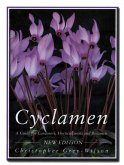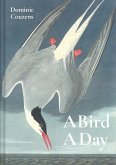The classic text on primulas updated and revised by the leading expert, Professor John Richards of the University of Newcastle. Primula is one of the greatest garden genera, in terms of the number of varieties grown and its popularity. It is also among the largest and most widespread - approximately 430 species. This comprehensive title covers: . Major taxonomic revision . History of the exploration and introduction of Primula . Cultivation: temperature, soil and compost, propagation . Pests and Diseases . Evolutionary history . Biological characters used in sectional classification . Heterostyly and homostyly . Phyletic scheme for the sections of Primula . Synopsis of the genus Primula. ?This thorough revision brings this definitive reference work right up to date and incorporates new and improved information for most of the species. For the first time, identification keys are included for all species, and other special features include several newly described species, over 30 new illustrations, and important fresh details on the evolutionary history of Primulas from recent DNA evidence, leading to major changes in classification. The book covers the historical and practical information on the exploration and cultivation of the genus; the evolution of the species; and a chapter on heterostyly and homostyly includes the latest developments in this fascinating subject. However, the bulk of the book is given over to a systematic treatment of each species, including: . valid name and place of publication . synonym . description . chromosome number . breeding behaviour and flowering time . distribution . habitat, including altitudinal range . taxonomic and other general notes . variation . cultivation . hybridization
Dieser Download kann aus rechtlichen Gründen nur mit Rechnungsadresse in A, B, BG, CY, CZ, D, DK, EW, E, FIN, F, GR, H, IRL, I, LT, L, LR, M, NL, PL, P, R, S, SLO, SK ausgeliefert werden.









